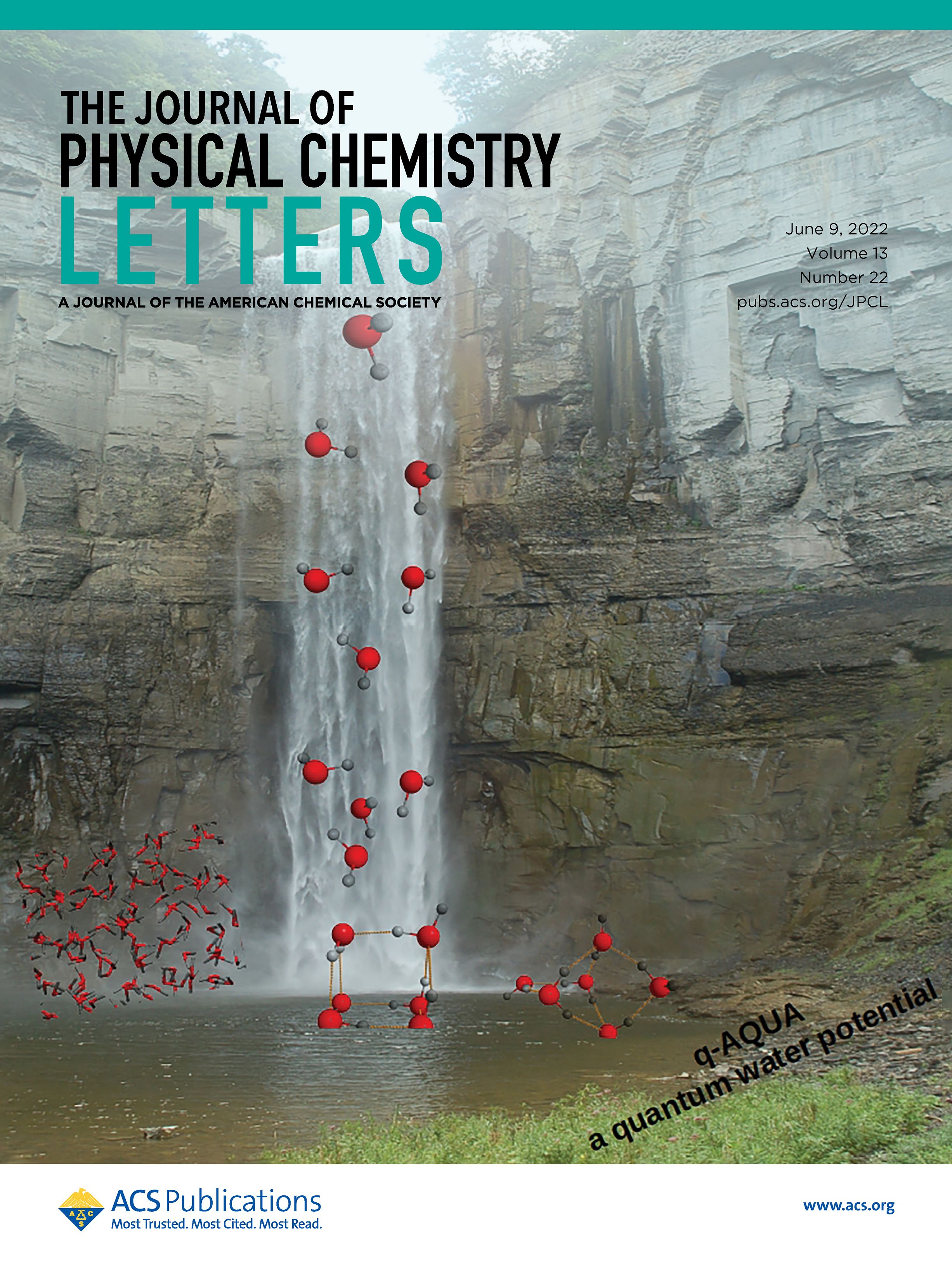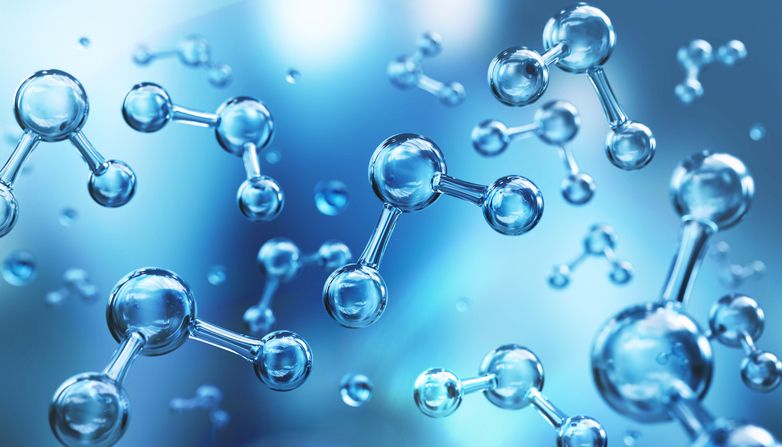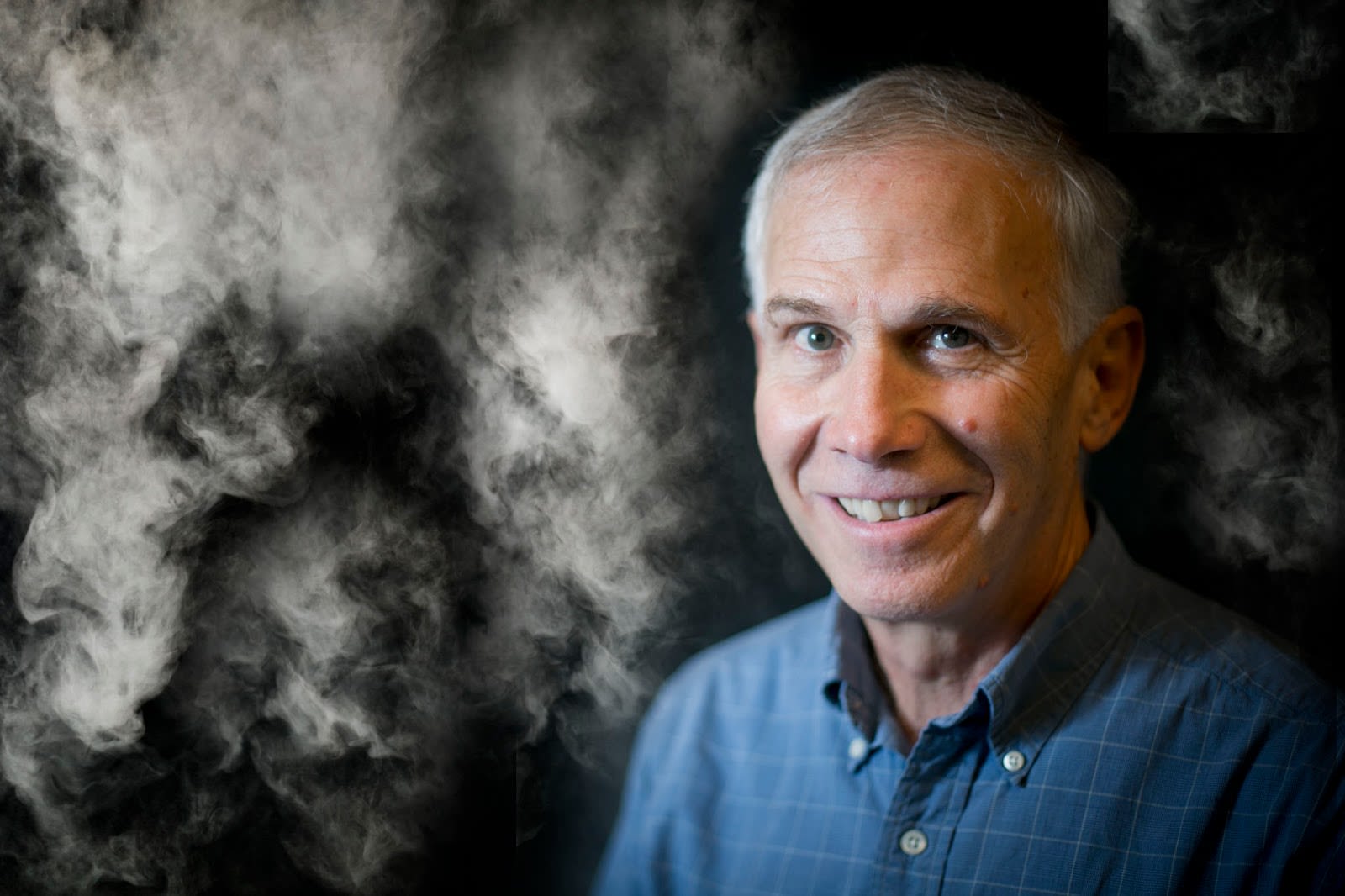Chemists Crack Complete
Quantum Nature of Water
Breakthrough yields
open-source,
universal tool for studying
properties of water

Chemists have produced the first full quantum mechanical model of water — one of the key ingredients of life. The Journal of Physical Chemistry Letters published the breakthrough, which used machine learning to develop a model that gives a detailed, accurate description for how large groups of water molecules interact with one another.
“We believe we have found the missing piece to a complete, microscopic understanding of water,” says Joel Bowman, professor of theoretical chemistry at Emory University and senior author of the study. “It appears that we now have all that we need to know to describe water molecules under any conditions, including ice, liquid or vapor over a range of temperature and pressure.”
The researchers developed free, open-source software for the model, which they dubbed “q-AQUA.”
The q-AQUA software provides a universal tool for studying water. “We anticipate researchers using it for everything from predicting whether an exoplanet may have water to deepening our understanding of the role of water in cellular function,” Bowman says.
Bowman is one of the founders of the specialty of theoretical reaction dynamics and a leader in exploring mysteries underlying questions such as why we need water to live.
First author of the study is Qi Yu, a former Emory PhD candidate in the Bowman Lab who has since graduated and is now a postdoctoral fellow at Yale. Co-authors include Emory graduate student Apurba Nandi, a PhD candidate in the Bowman Lab; Riccardo Cone, a former Emory postdoctoral fellow in the Bowman Lab, who is now at the University of Milan; and Paul Houston, former dean of science at Georgia Institute of Technology and now an emeritus professor at Cornell University.

The discovery made the cover of the Journal of Physical Chemistry Letters.
The discovery made the cover of the Journal of Physical Chemistry Letters.
Water covers most of the Earth’s surface and is vital to all living organisms. It consists of simple molecules, each made up of two hydrogen atoms and one oxygen atom, bound by hydrogen.
Despite water’s simplicity and ubiquity, describing the interactions of clusters of H2O molecules under any conditions presents major challenges.
Newton’s law governs the behavior of heavy objects in the so-called classical world, including the motion of planets. Extremely light objects, however, at the level of atoms and electrons, are part of the quantum world which is governed by the Schrodinger equation of quantum-mechanical systems.

Each water molecule consists of a single oxygen atom and two hydrogen atoms. “We’re about 70% water by weight,” Bowman says, “and yet, from a chemical standpoint, we don’t really understand how water molecules interact with biological systems."
Each water molecule consists of a single oxygen atom and two hydrogen atoms. “We’re about 70% water by weight,” Bowman says, “and yet, from a chemical standpoint, we don’t really understand how water molecules interact with biological systems."
“The hydrogen atom is the lightest atom of all, which makes it the most quantum mechanical,” Bowman explains. “It has the quantum weirdness of being both a particle and a wave at the same time.”
Although large, complex problems in the classical world can be divided into pieces to be solved, objects in the quantum world are too “fuzzy” to be broken down into discrete pieces.
Researchers have tried to produce a quantum model of water by breaking it into the interactions of clusters of water molecules. Bowman compares it to people at a party clustered into conversational groups of two, three or four people.
“Imagine you’re trying to come up with a model to describe the conversations in each of these clusters of people that can be extended to the entire party,” he says. “First you gather the data for two people talking and determine what they are saying, who is saying what and what the conversation means. It gets harder when you try to model the conversations among three people. And when you get up to four people, it gets nearly impossible because so much data is coming at you.”

Bowman is one of the founders of the theoretical specialty of theoretical reaction dynamics and has devoted much of his career to seeking a deeper understanding of water in all its forms.
Bowman is one of the founders of the theoretical specialty of theoretical reaction dynamics and has devoted much of his career to seeking a deeper understanding of water in all its forms.
For the current paper, the researchers used powerful machine-learning techniques that enabled computers to capture the interactions of groups of two, three and four molecules. “Taking it to the four-body level was very hard and something that no one had done and published before,” Bowman says. “We knew that if we could achieve that we would be far along to having a nearly complete solution. In a sense, it was the capstone of the whole process.”
Instead of words coming out of the mouths of people, the analyses involved thousands of numbers coming out of computers. Unlike people, however, individual water molecules are all identical. This symmetry allowed the researchers to build on the model for interactions among sets of two, three and four water molecules so that it applies to even larger groups of molecules.
“The four-body interaction of water molecules appears to be the final one that governs all interactions of water molecules,” Bowman says.
To test their model, the researchers ran computer simulations over a range of temperatures for as many as 256 water molecules interacting in groups of two, three and four molecules simultaneously. The results showed that the model was highly accurate even at that scale.
“We think we can take our model up to as many as 3,000 or 4,000 water molecules interacting,” Bowman says. “The computer effort will go up a lot, but those are simulations we plan to run next now that we’ve established proof of concept for our model.”
The model may also serve as a springboard to develop similar, more simplified, models that require less computer power but are still accurate enough to make useful predictions regarding the quantum mechanics of water, Bowman says.
Meanwhile, the authors hope that other researchers will download the free q-AQUA software and use it to delve deeper into unanswered questions about water.
“We’re about 70% water by weight,” Bowman says, “and yet, from a chemical standpoint, we don’t really understand how water molecules interact with biological systems. Now that we have a good template for understanding how water molecules interact among themselves, we have a basis to deepen our understanding of the role of water in biochemical processes essential to life.”
Related stories:
Chemists map cascade of reactions for producing atmosphere's 'detergent'
Joel Bowman's view from the top of theoretical chemistry
Behavior of tiniest water droplets revealed
Media inquiries: Carol Clark, carol.clark@emory.edu, 404-727-0501

